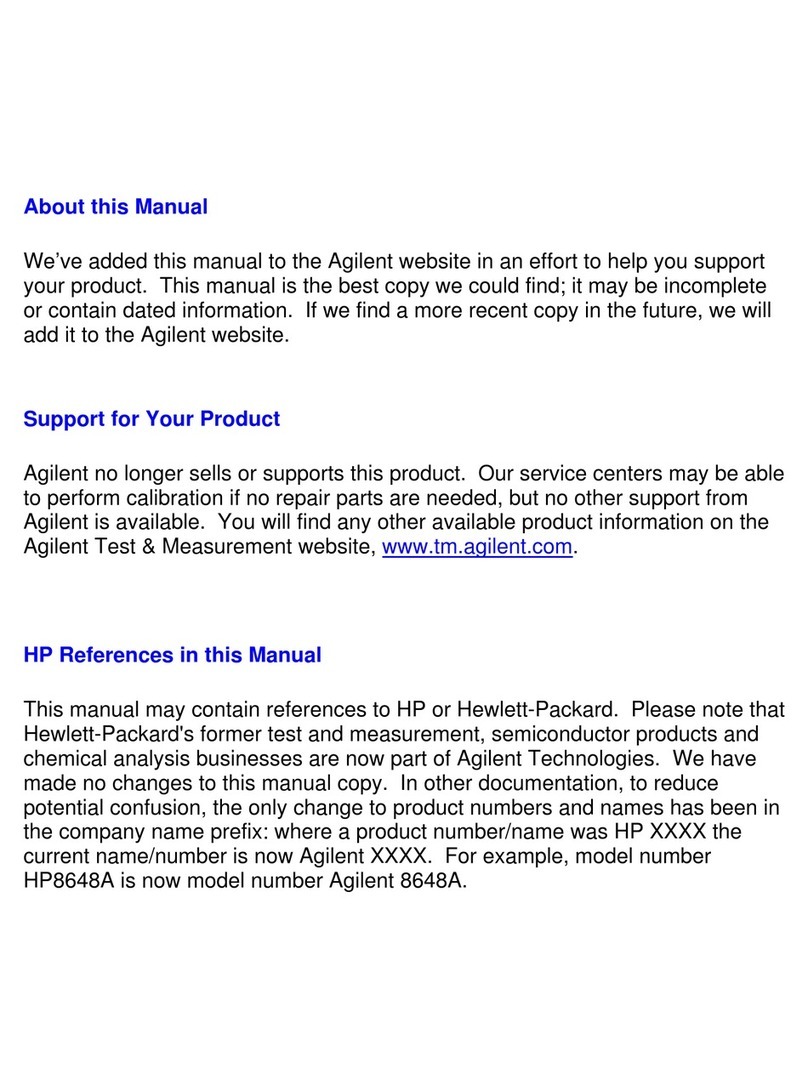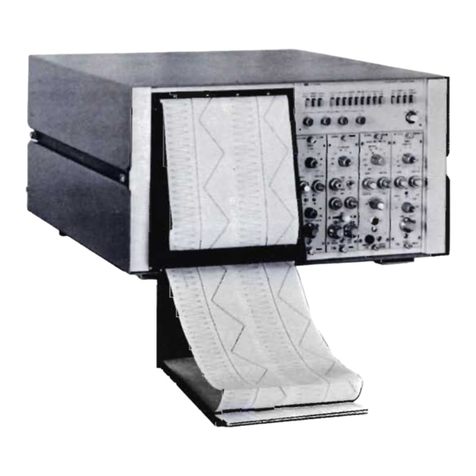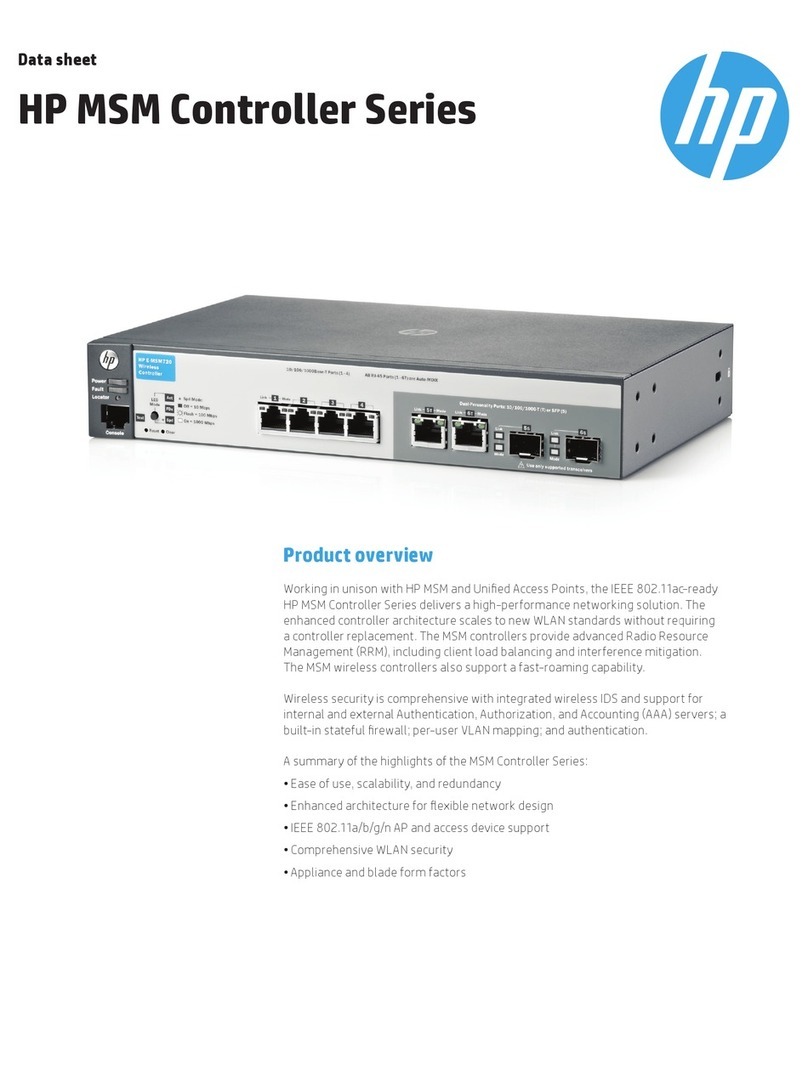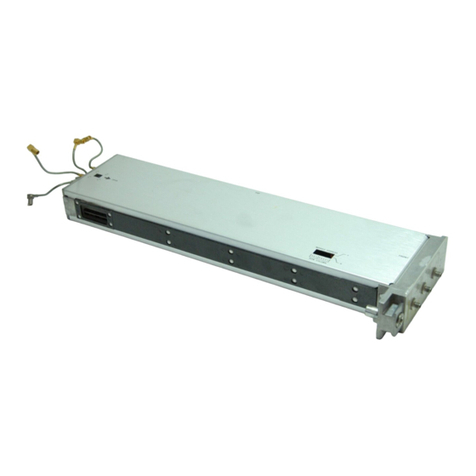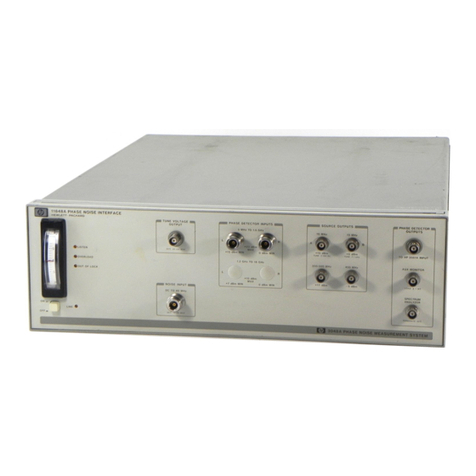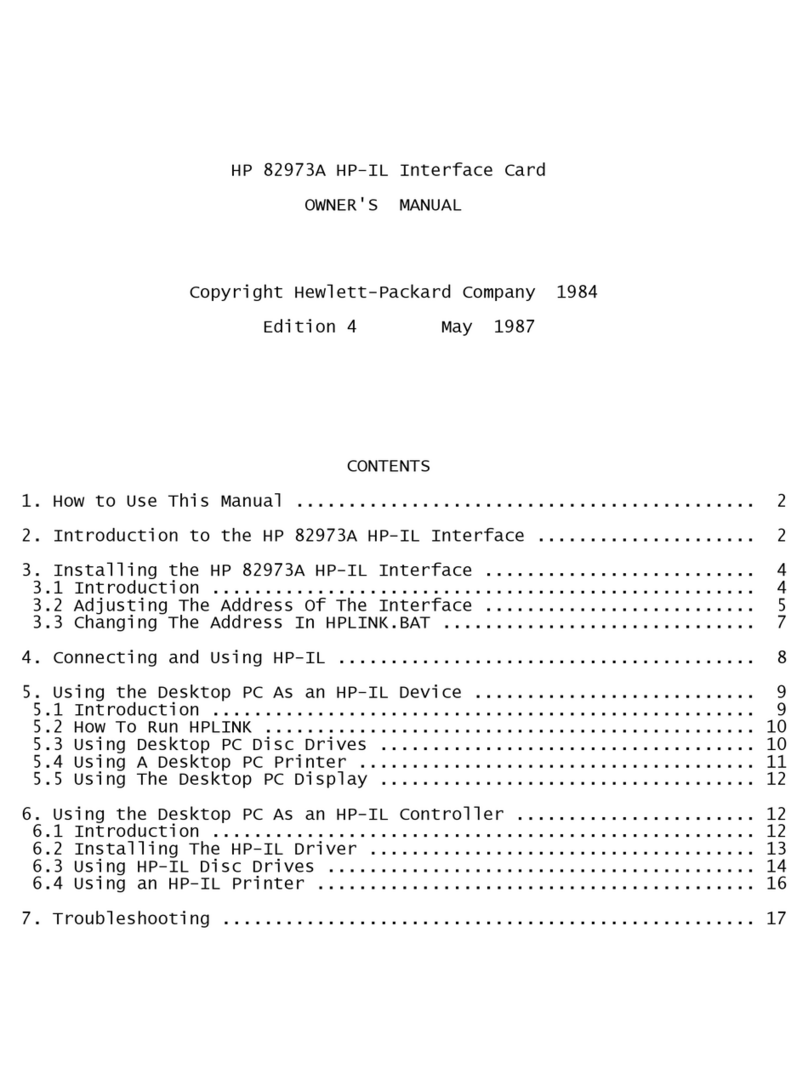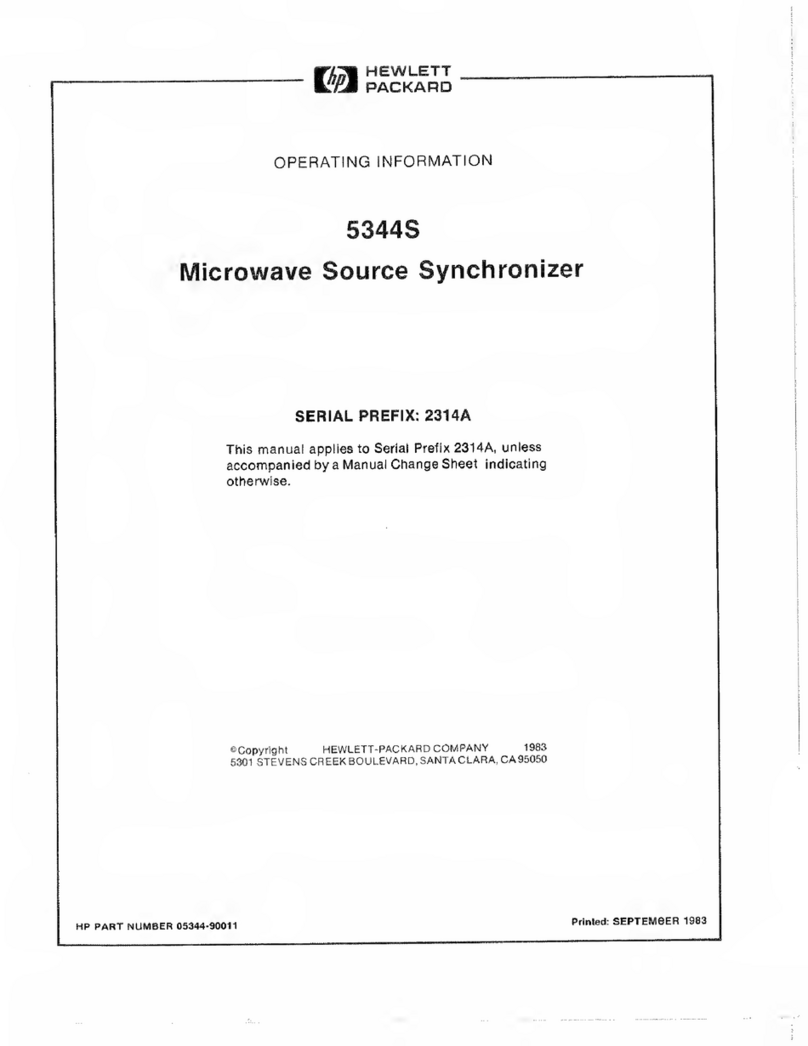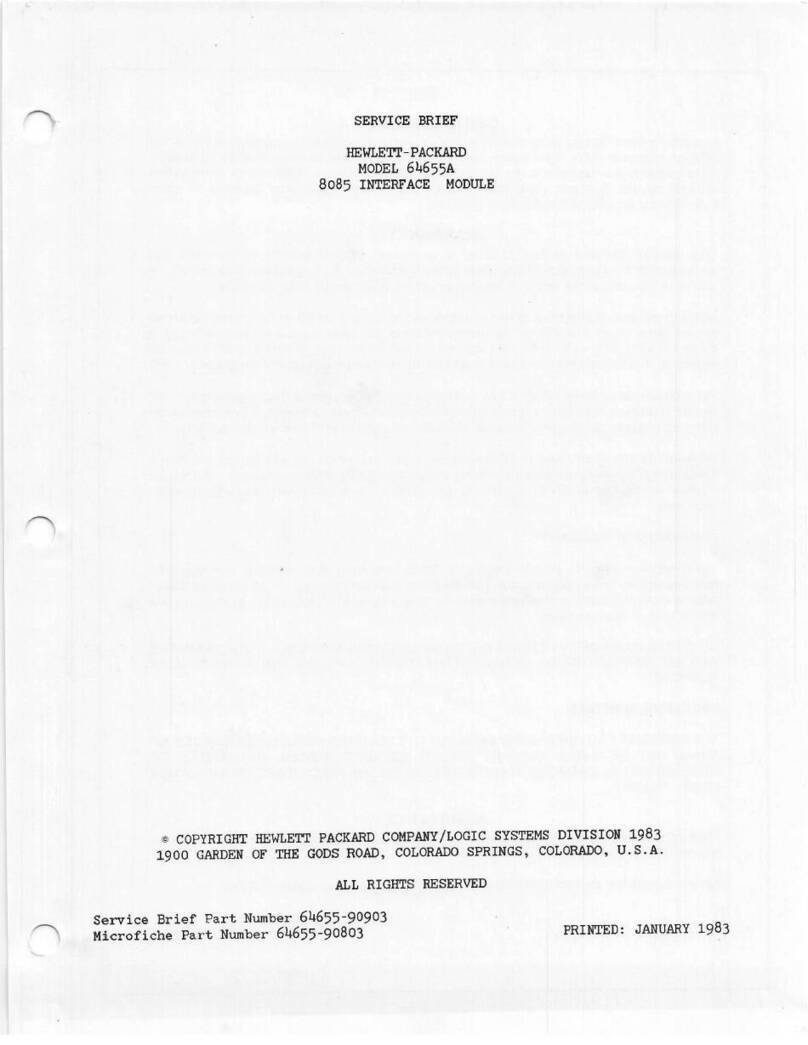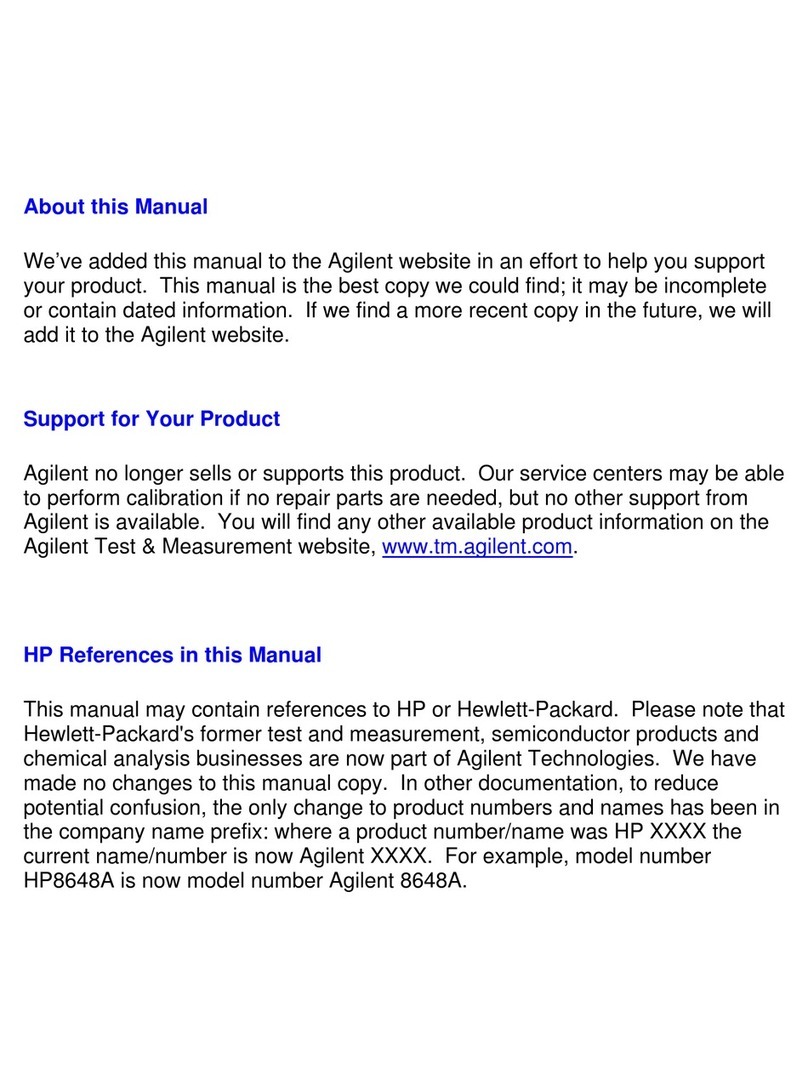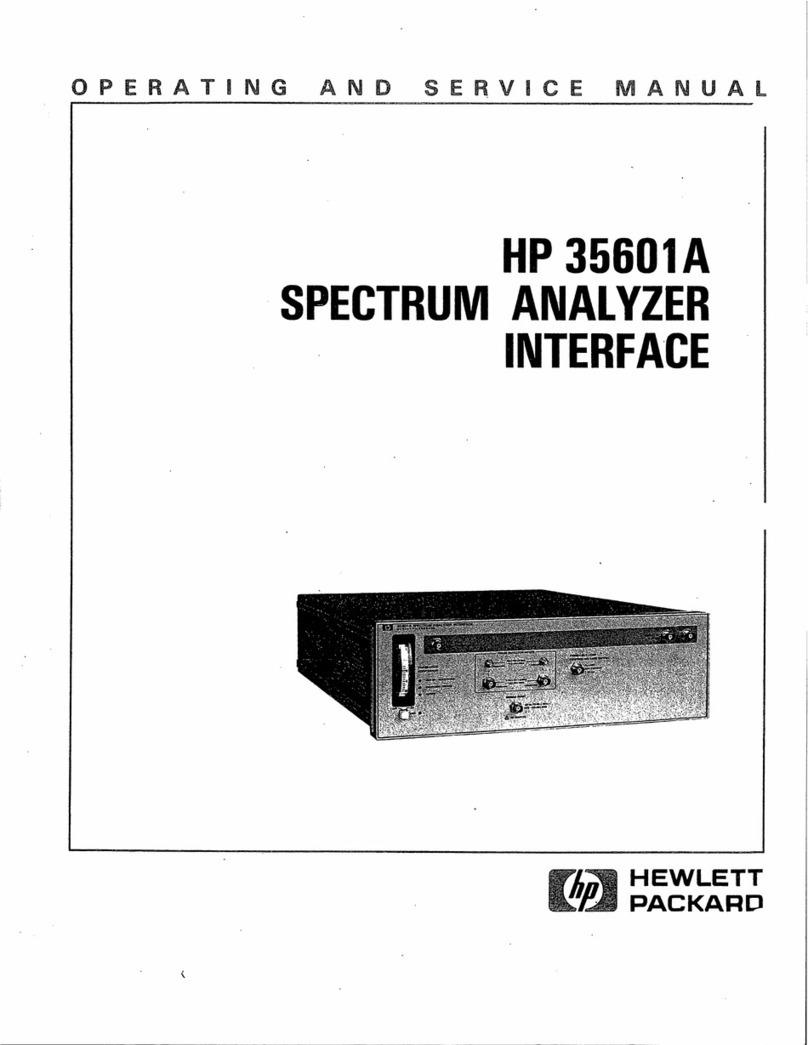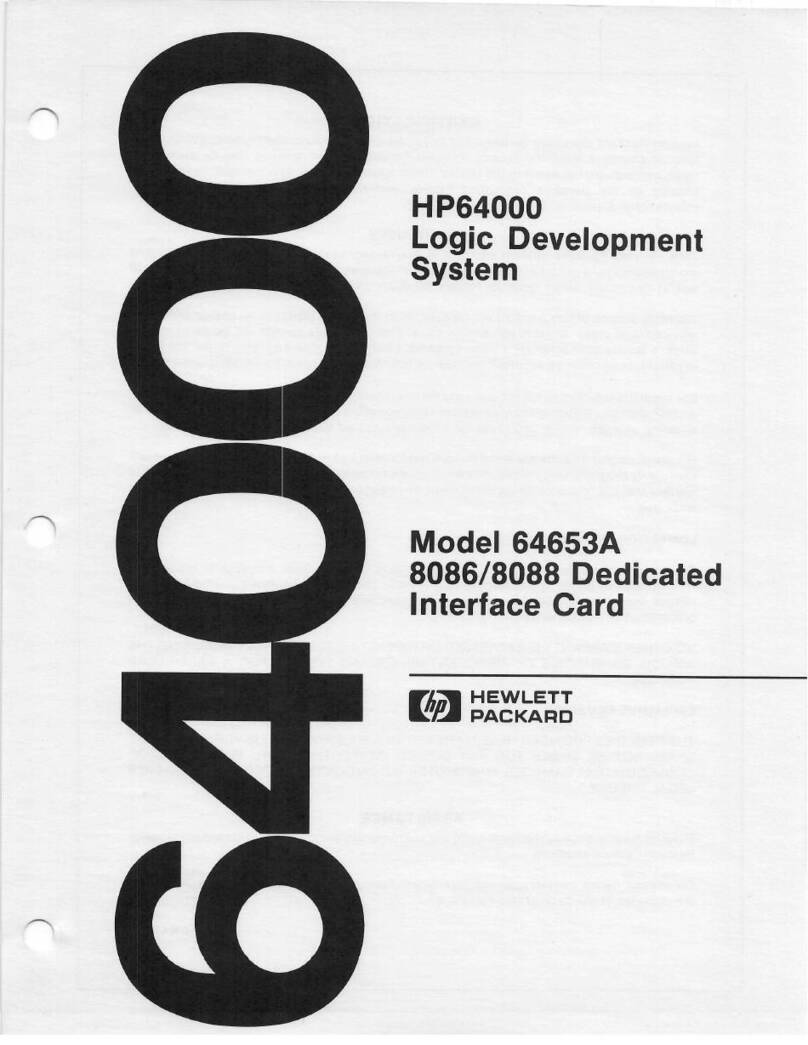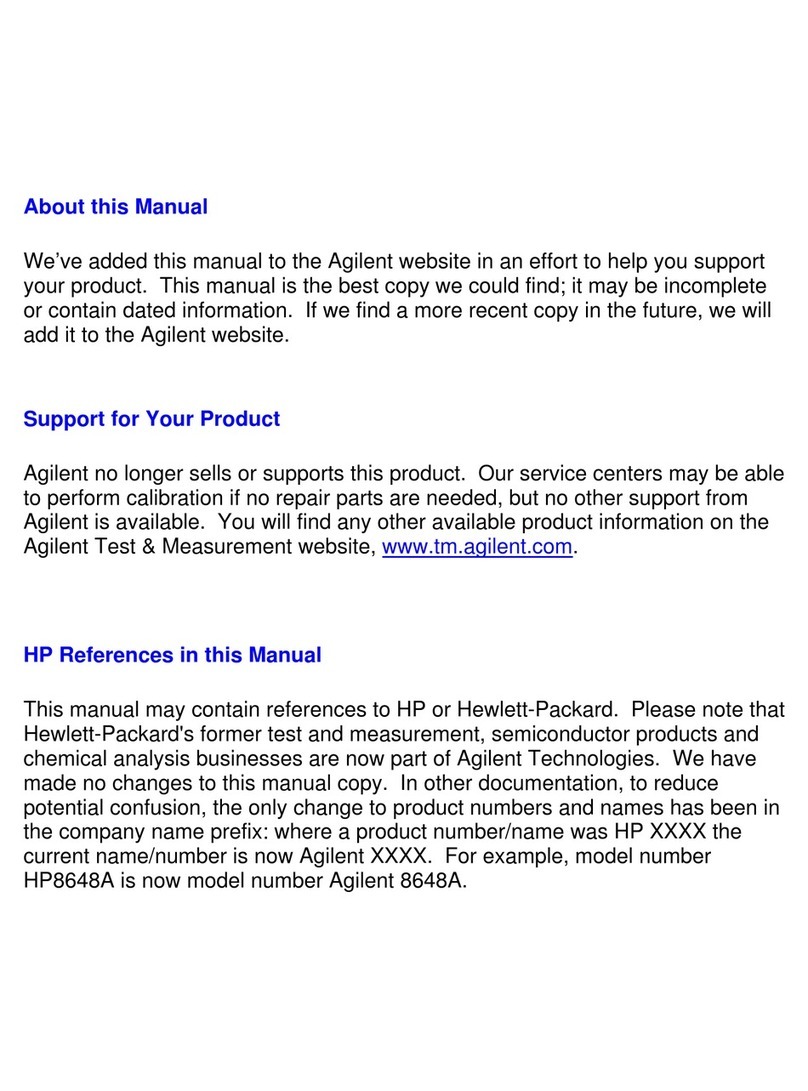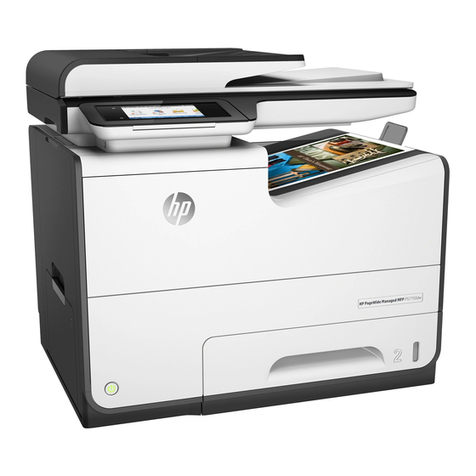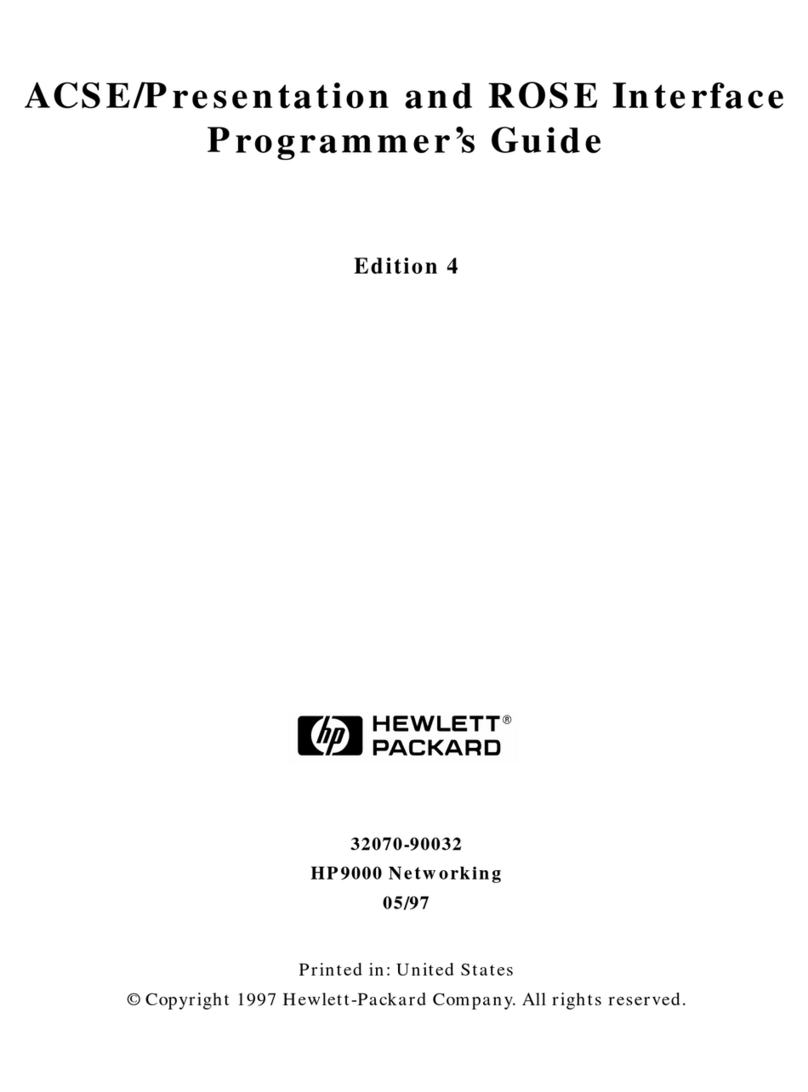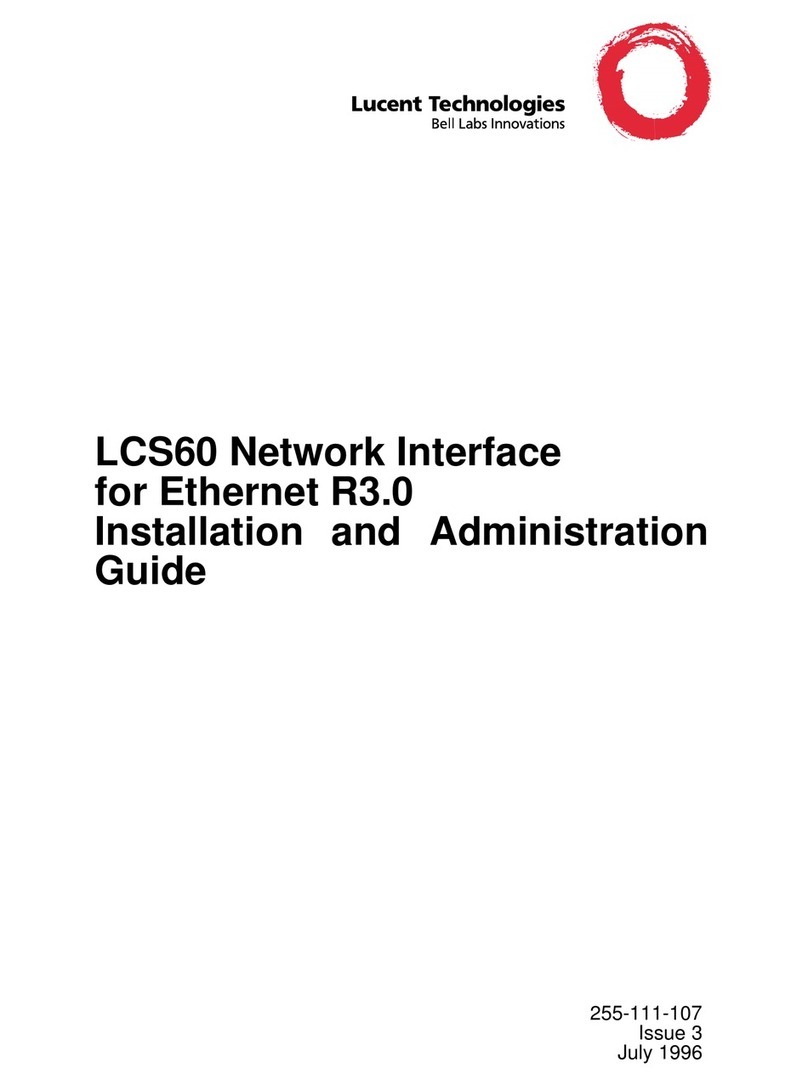
System . . . . . . . . . . . . . . . . . . . . . . . . . . . . . . . 4-2
Emulation Processor to Emulator/Target System . . . . . . . . . . 4-3
cf . . . . . . . . . . . . . . . . . . . . . . . . . . . . . . . . . 4-3
Memory Mapping . . . . . . . . . . . . . . . . . . . . . . . 4-16
Break Conditions . . . . . . . . . . . . . . . . . . . . . . . . 4-19
Limitations and Considerations . . . . . . . . . . . . . . . . . . 4-21
Clock Speed . . . . . . . . . . . . . . . . . . . . . . . . . . . 4-21
Access to Internal RAM . . . . . . . . . . . . . . . . . . . . 4-21
Trace Internal RAM . . . . . . . . . . . . . . . . . . . . . . 4-21
Step Command to Internal RAM . . . . . . . . . . . . . . . . 4-21
DMA Support . . . . . . . . . . . . . . . . . . . . . . . . . . 4-21
Watch Dog Timer in Background . . . . . . . . . . . . . . . 4-21
Step Command with Foreground Monitor . . . . . . . . . . . 4-21
Step Command and Interrupts . . . . . . . . . . . . . . . . . 4-22
Emulation Commands in Stop/Wait Mode . . . . . . . . . . . 4-22
RDY/HOLD Input in Background Cycles . . . . . . . . . . . 4-22
Accessing External Memory Area in SFR . . . . . . . . . . . 4-22
High Speed Bus Mode . . . . . . . . . . . . . . . . . . . . . 4-22
RMPA Instruction . . . . . . . . . . . . . . . . . . . . . . . 4-22
Stack Address . . . . . . . . . . . . . . . . . . . . . . . . . . 4-22
Evaluation Chip . . . . . . . . . . . . . . . . . . . . . . . . . 4-22
A Using the Optional Foreground Monitor
Comparison of Foreground and Background Monitors . . . . . . . A-1
Background Monitors . . . . . . . . . . . . . . . . . . . . . . A-1
Foreground Monitors . . . . . . . . . . . . . . . . . . . . . . . A-2
An Example Using the Foreground Monitor . . . . . . . . . . . . A-3
Modify Location Declaration Statement . . . . . . . . . . . . . A-3
Modify Chip Name Statement . . . . . . . . . . . . . . . . . . A-4
Configure the Emulator . . . . . . . . . . . . . . . . . . . . . . A-4
Set a Stack Pointer . . . . . . . . . . . . . . . . . . . . . . . . . A-5
Load the Program Code . . . . . . . . . . . . . . . . . . . . . . A-5
Limitations of Foreground Monitors . . . . . . . . . . . . . . . . A-6
Step Command . . . . . . . . . . . . . . . . . . . . . . . . . . A-6
cim Command . . . . . . . . . . . . . . . . . . . . . . . . . . A-6
Synchronized measurements . . . . . . . . . . . . . . . . . . . A-6
B 7750/51 Series Emulator Specific Command Syntax
CONFIG_ITEMS . . . . . . . . . . . . . . . . . . . . . . . . . . B-2
Summary . . . . . . . . . . . . . . . . . . . . . . . . . . . . . . B-2
Syntax . . . . . . . . . . . . . . . . . . . . . . . . . . . . . . . B-2
Contents-3
